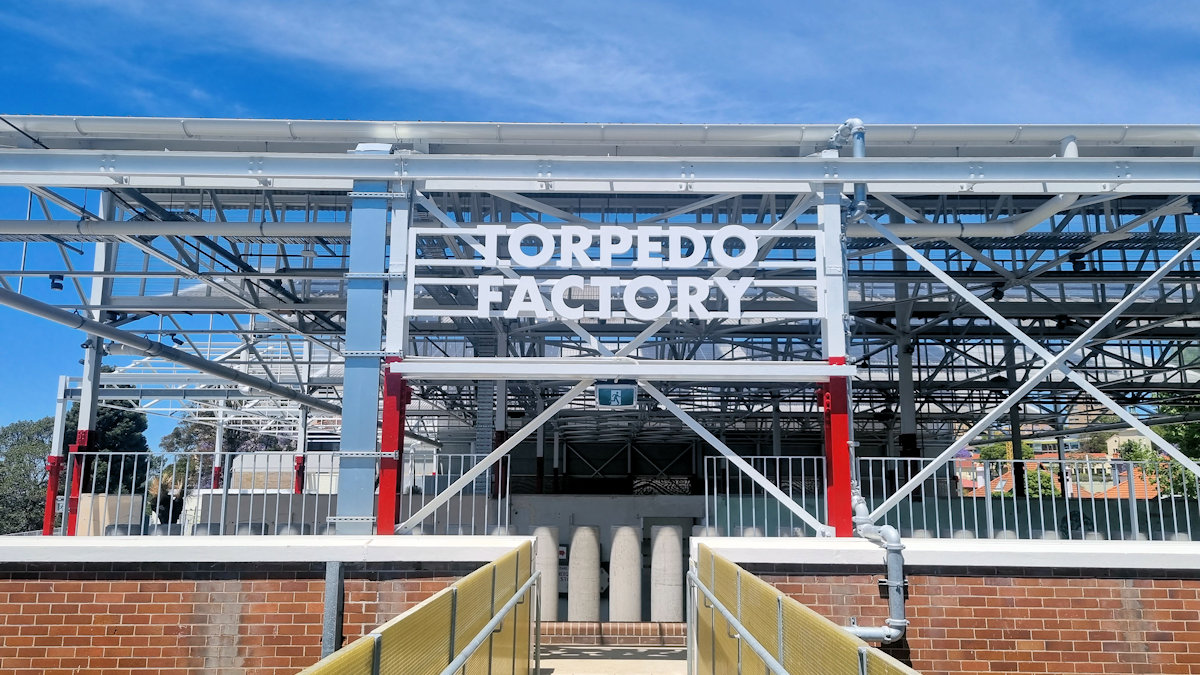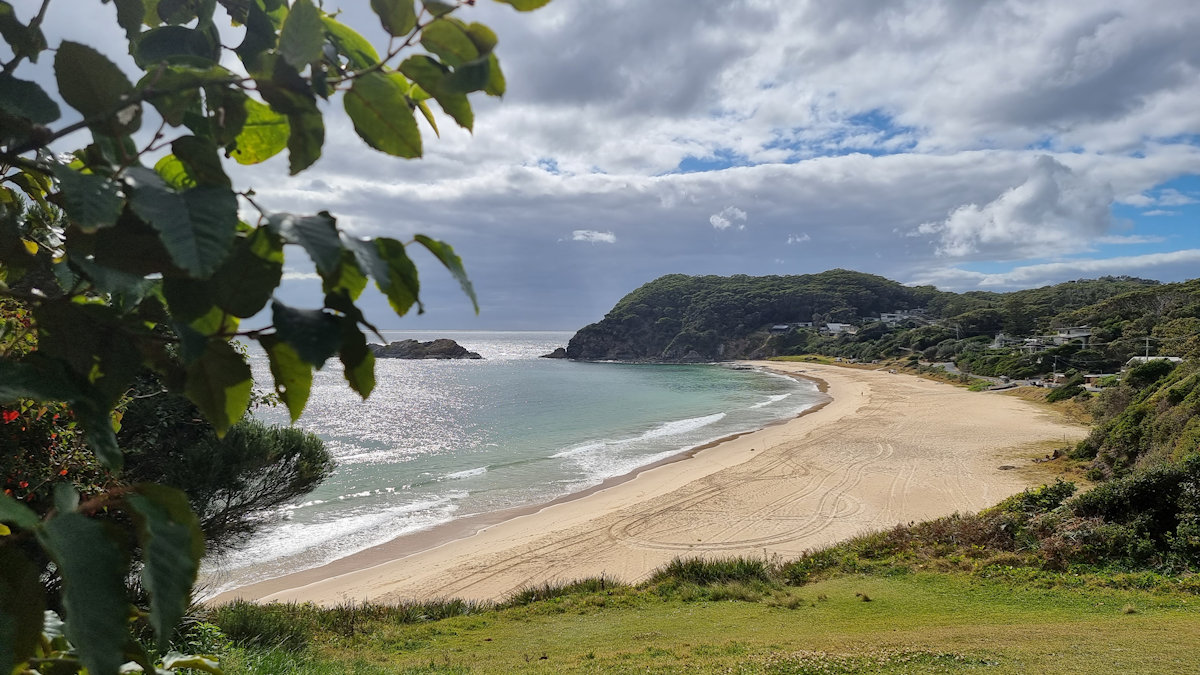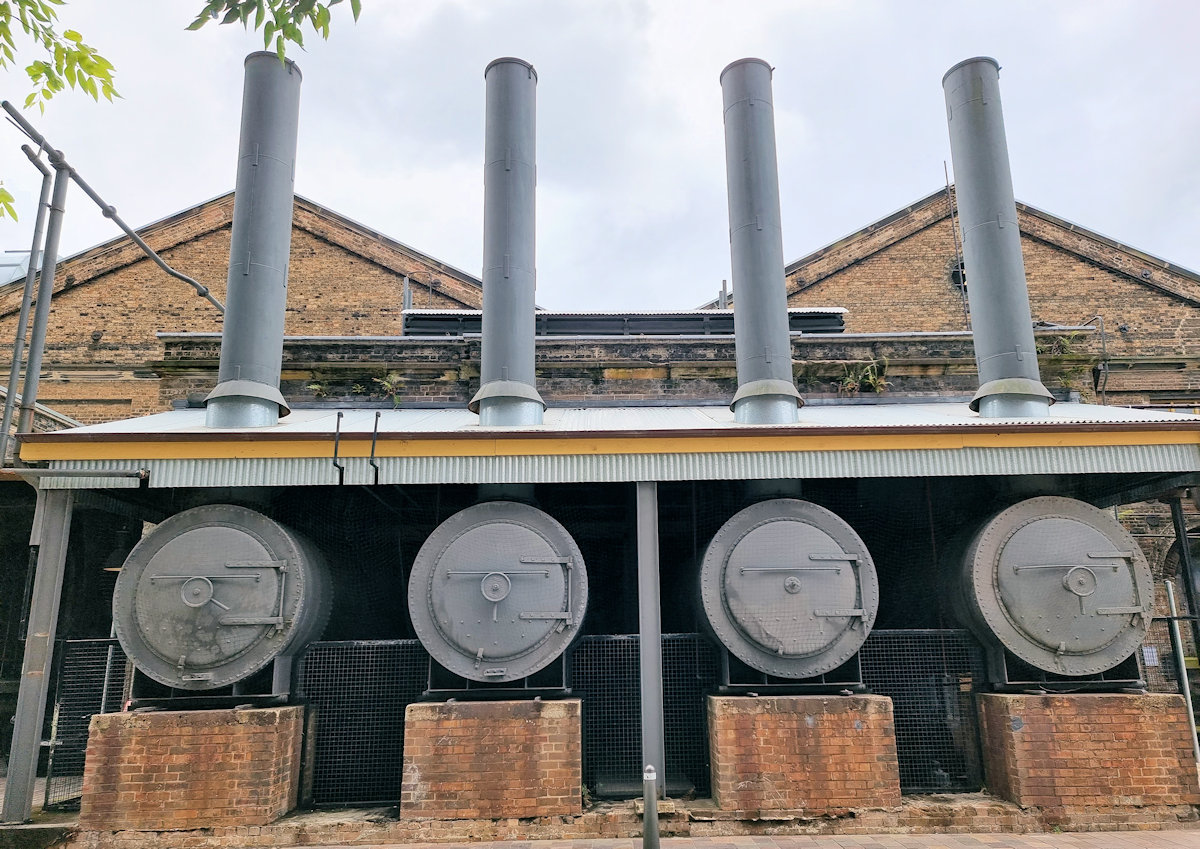Category: Building
Building
-
Sub Base Platypus Torpedo Factory

Sub Base Platypus Torpedo Factory Opened in September 2023, the Torpedo Factory at Sub Base Platypus is an excellent addition to this heritage site. Managed by the Harbour Trust, the old factory was partially demolished and revitalised as an open public space. Getting There We used public transport, getting the train to Milsons Point Station… Read more
-
Seal Rocks New South Wales

Seal Rocks New South Wales Australia With a population of under 100, the small village of Seal Rocks on the NSW mid-north coast is a wonderfully relaxed beach and surfing paradise. At a little under 2 hours’ drive from Newcastle, it’s a popular holiday spot and can become crowded, during summer and school holidays. Part… Read more
-
South Eveleigh Sydney Australia

South Eveleigh Sydney Australia Located in Sydney Australia, South Eveleigh has undergone significant revitalization in recent years. This transformation has turned an industrial site into a modern and dynamic precinct that combines technology, innovation, lifestyle, and heritage. One of the major highlights of South Eveleigh is its rich industrial heritage. The site was once home… Read more